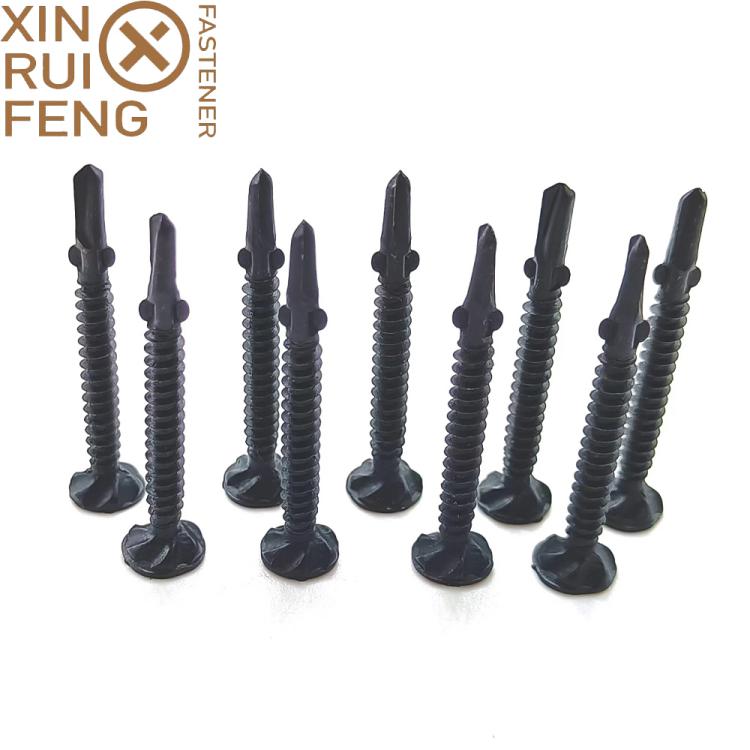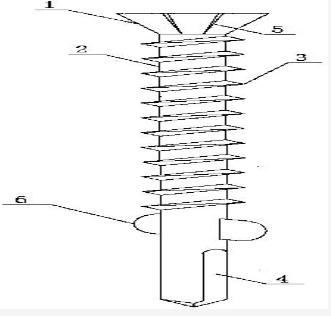Recently, we launched a new kind of self-drilling drywall screws with wings, which are mainly used in the construction for high-end villa and are very popular in South Korea.
It includes a screw head and a screw rod, and is characterized in that the screw rod is divided into two sections, the first section is close to the side of the screw head, which is a threaded area, and the screw is provided with threads; There are two cutting grooves on the working end of the screw, and a pair of clamping ears are set on the unthreaded area of the screw above the cutting grooves.
The utility model has the characteristics of fast and smooth chip removal, maintaining the cutting ability and sharpness of the tip part, strong penetration, fast attack speed, good locking ability, good screw tightness, and effectively preventing the screw from loosening and retreating.
The unique drill point, countersunk rib head, and with wings design gives it the following advantages:
- No pre-drilling or pilot hole required.
- Wings create a hole in the timber to prevent it from jacking up, then snap off in the metal for fastening in one smooth motion.
- Ribbed countersunk head embeds during drilling to create a flush, professional finish.
Main features:
- An ear clip screw, comprising a screw head (1) and a screw rod (2), characterized in that the screw rod (2) is divided into two sections, and the first section is close to one side of the screw head (1) , is a threaded area, and a thread (3) is arranged on the screw (2).
- The second section is close to the side of the acting end of the screw (2), which is a non-threaded area, and two threads are arranged on the acting end of the screw (2).
- The cutting groove (4) is provided with a pair of clamping ears (6) in the unthreaded area of the screw rod (2) above the cutting groove (4), the screw head (1) is a flat head, a round head or a countersunk head, and the screw head (1) is provided with a protrusion (5) on the lower end surface.
Post time: Jul-04-2022


